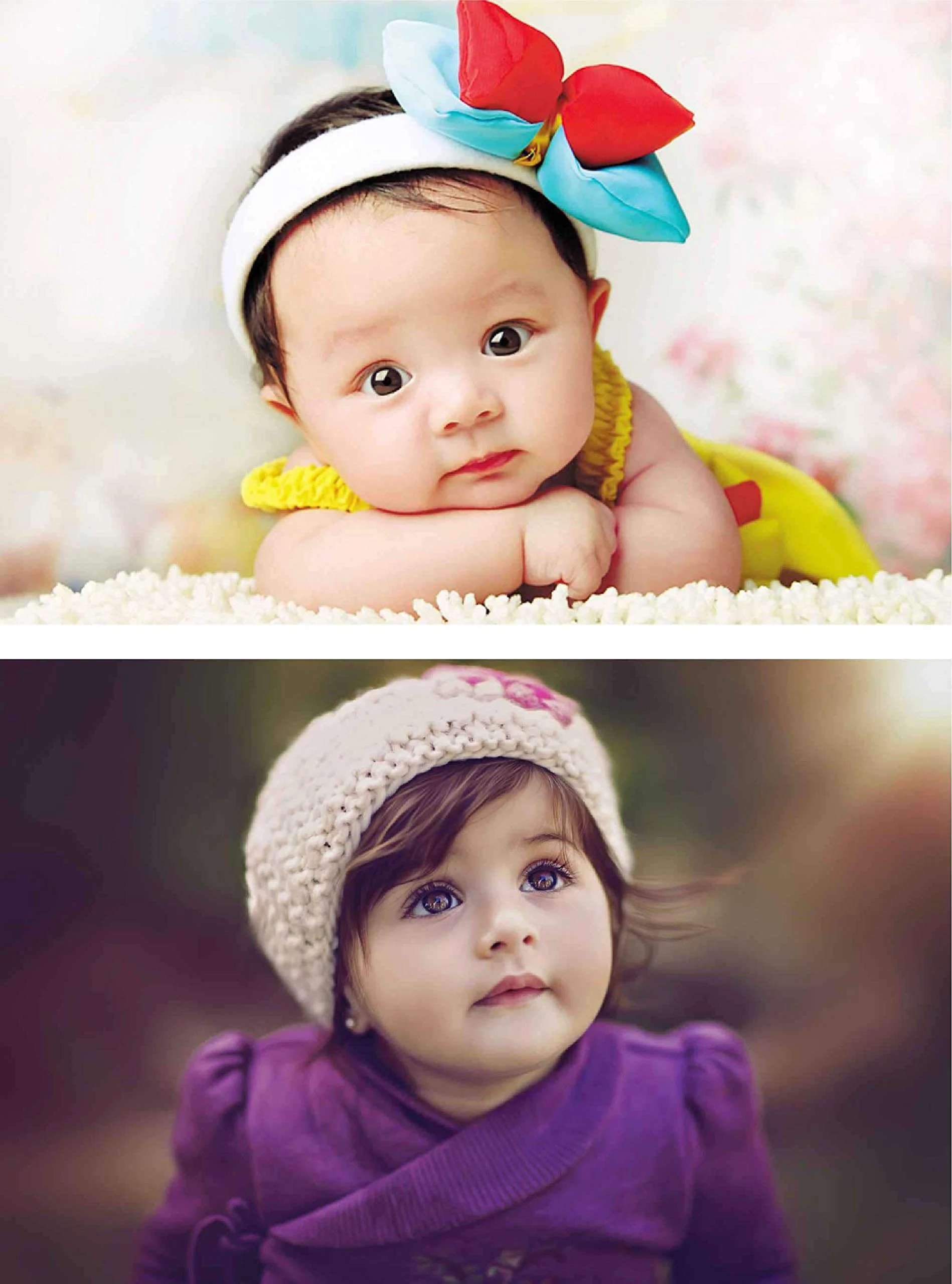It’s the unspoken topic in the room, the embryo that still waits. Nearly four years have passed since I underwent my last embryo transfer, which blessed us with our second (and final) lovely son. I was 36 when I first embarked on the IVF journey, and just shy of 41 when I welcomed our second child into the world. My partner and I had made the decision to stop at two kids, and a challenging pregnancy along with a strenuous labor solidified that choice.
Now, only one embryo remains.
The first time the storage bill arrived, my partner paid it without a second thought. It’s quite a hefty fee, but at the time, I was still expecting, and it felt like a comforting safety net after enduring years of infertility, a miscarriage, two ectopic pregnancies, two emergency surgeries, and a severely damaged fallopian tube.
When the second bill came, our newest child was thriving in the world. My partner reached out to me at work, and though he is usually straightforward and unflappable, I could sense his hesitation. “We need to talk about whether to keep paying for the embryo’s storage,” he said cautiously. In my haze of exhaustion and hormones, I pleaded with him to just take care of it for now, promising we could revisit the topic later. He paid the next year’s fee without question.
Now, as my youngest prepares to turn 3, I find myself anxious at the thought that my partner might decide to stop the payments. I dread the day he might call to discuss the embryo that still sits in storage.
My feelings are difficult to explain. I’m staunchly pro-choice and firmly believe that an embryo is merely a cluster of cells, no more significant than the egg that painfully sheds from my body each month or the sperm produced by my partner. Before my first IVF transfer (which led to our first child), the doctor excitedly showed me images of the two blastocysts set to be implanted. High on valium, I laughed at the peculiar images resembling tiny spider eggs. I felt no attachment at that moment, just a glimmer of hope that one would take root, allowing me to become a mother. When one did succeed, I felt pure joy rather than sadness for the one that didn’t make it.
As we prepared for our second child, my partner and I faced challenges in our relationship, and we had differing opinions on when—or if—we should try for another baby. After a year of therapy, we felt ready, although I was aware that time was slipping away and the stakes were higher.
We had three embryos frozen after my first transfer. After extensive preparation involving shots and medications, the day of our second transfer arrived. Again, I was on valium, but this time anxiety replaced eagerness. My partner, ever the generous soul, offered to implant two embryos if that was my wish. Twin possibilities! But when the doctor entered the room, my heart sank.
“I’m sorry, but only one embryo survived the thawing and is ready for transfer,” she announced.
I broke down in tears; it was devastating. This was our last chance, and we wouldn’t be spending another $20,000 or going through the entire IVF process again. The prospect of trying again if this transfer failed vanished, leaving me terrified instead of elated by the single blastocyst on display.
After returning home, I spent the next 24 hours on the couch, legs elevated, fearing for the safety of that one precious blastocyst. I cried endlessly, while my partner kept our toddler entertained, knowing I needed to grieve.
Then, the call came. It was from the fertility lab—the wizards of thawing embryos.
“Ms. Carter, we have some exciting news! One of your other embryos has survived after all! It just needed a little more time,” they explained.
I wept even more, overwhelmed with happiness. Absolutely, save it! Instantly, my little cluster of cells transformed into a fighter worth preserving, and this embryo became more significant than I had ever anticipated.
I am aware that the day will come when my partner will call, sighing, with yet another bill in hand. Logically, I understand that my little fighter is just a group of cells. But for now, I hope he continues to pay the bill quietly and that I may eventually forget about the embryo waiting for its future. The one that remains.
If you’re interested in learning more about fertility treatments and options like IVF, you can explore excellent resources such as this one. For more insights on home insemination, check out this article. And if you’re seeking authority on self insemination, look no further than this site.
Summary:
This reflective piece explores the emotional complexities surrounding the decision to keep or discard a frozen embryo after experiencing the joys and challenges of motherhood through IVF. The author shares her journey, detailing the struggles with infertility, the anxiety tied to the remaining embryo, and the evolving perceptions of life and potential.
